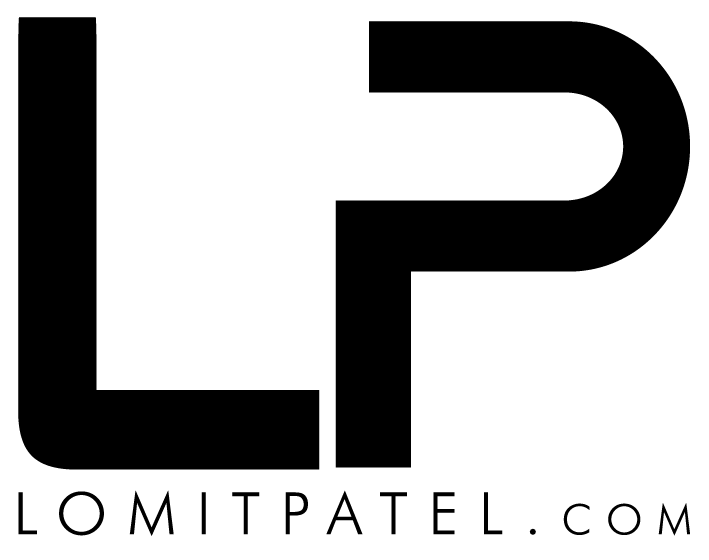Ever feel like you’re launching marketing campaigns into the void, hoping something sticks? Many startup founders, investors, and marketing leaders struggle to define their audience. This is where an ideal customer profile becomes essential.
It’s about pinpointing *who* will truly value your offer. Knowing the ideal customer profile focuses efforts, preventing wasted resources.
Table of Contents:
- Understanding the Ideal Customer Profile
- Ideal Customer Profile vs. Buyer Persona vs. Target Market
- Why Your Ideal Customer Profile Matters
- Constructing an Ideal Customer Profile: A Step-by-Step Guide
- Ideal Customer Profiles and the Customer Journey
- Conclusion
Understanding the Ideal Customer Profile
An ideal customer profile (ICP) describes the perfect company, one that would gain the most value from your product. These companies often experience streamlined sales cycles.
They also tend to become your biggest brand advocates, often through long-term engagement. Think of your ICP as a fictional entity embodying your dream client.
This client is one your sales team would love to work with. They have the budget, scale, and needs that perfectly align with your offering, and fit your geographic location.
Ideal Customer Profile vs. Buyer Persona vs. Target Market
The terms ideal customer profile, buyer persona, and target market are often confused. Understanding the differences is crucial, especially for precise marketing.
An “ideal customer profile” details a hypothetical company most likely to benefit quickly. It focuses on firmographics like average size, industry company size, and yearly revenue. These attributes guide strategy, directing who to target for efficient results.
Buyer personas describe the *people* within the company influencing purchasing decisions. Consider roles, challenges, and income levels. Analyzing customer segments help in crafting the ideal customers profile.
Buyer personas require insight into individual pain points to determine the best-fit solution. This perspective shapes personalized messaging, key for attracting and converting decision-makers.
Target markets describe consumers ready to be served. While much of the discussion centers on B2B, the same applies to those involved in target market planning. Understanding how your service helps real-world users clarifies broad consumer targeting.
Why Your Ideal Customer Profile Matters
Creating an ideal customer profile is fundamental to good business practice. This process can sharpen your sales approach. A well-defined profile is vital, regardless of whether you are a B2B or B2C organization.
This has a direct impact on how likely customers are to buy from you. Let’s examine specific gains from aligning marketing with an informed view. Here are some ways a solid profile yields benefits, measured in concrete terms.
Sales Cycles Accelerate
When businesses focus resources on their niche, processes speed up. Potential buyers already fit requirements, which accelerates conversations.
The sales cycle time increased by 24% between 2022 and 2023. Aligning teams and strategies for personalization reduces this. Targeting buyers likely to commit cuts wasteful spending.
Personalization Powers Marketing Efforts
Deep understanding allows for customized marketing. Campaigns should directly address customer needs, problems, and the core problems your product fixes.
Fast-growing firms attribute 40% more revenue to such personalization. Create personalized messages showing a direct fit connect where generic campaigns cannot. By analyzing customer data, and customer profiles, businesses can create messaging that truly resonates.
Deeper Customer Connections Boost Lifetime Value
Focus on the customer’s long-term journey. Provide ongoing assistance that adapts to evolving demands. A clear ideal customer profile helps.
Firms experienced growth after updating their profile definitions. Updating their ideal customer profile definition increased its deal size by 83% in just one year. Focus on customer profiles and what they reveal about the existing customers you value.
Better-Targeted, More Effective Campaigns
Deep connections are crucial as accounts evolve into relationships. 94% of B2B marketers currently use account-based marketing (ABM).
Personalized engagement demonstrates genuine investment. It shifts transactional ties into partnerships.
Aligning sales and marketing efforts boosts all business operations. This strategic cohesion leads to more effective outreach and provides clear insight on how to increase customer numbers. Sales teams that work closely aligned with marketing see increased customer retention and higher sales success. Customer retention rates could increase by 36%, and sales win rates by 38%.
Constructing an Ideal Customer Profile: A Step-by-Step Guide
Creating an “ideal customer profile” starts internally, extending to real-world buyer details. This method focuses on developing robust structures. Startup founders and established business leaders use this to define their ideal customers based on consistent data.
Step 1: Define your Strengths
Begin by looking inward; defining core solutions narrows your search. This provides a strong start.
Clarify your strengths to effectively target your product. Ask: What key pain points does your product solve? Be very specific.
Consider your target audience and business niche. Are your solutions for large, international corporations or startups?
Step 2: List Your Best Current Customers
This step seems simple, but it’s effective. Identify your strongest current customers, those who have consistently benefited from your services. Note which current companies continue to grow and provide repeat business.
If they appear, you might identify common characteristics:
- Industry specifics.
- Region located (or all active territories served).
- Staff counts/scale reached overall presently.
- Customer base sizes, also for checking the market.
- Company’s net and gross.
- Tech setup, especially anything linking it with your products.
Do you notice points repeated across multiple matches, indicating consistent traits? Use that insight. This begins shaping your customer profile template organically.
Step 3: Collect Customer Feedback
Check responses and satisfaction to confirm earlier inferences. Examine actual client experiences. You can gain ideas about customers’ behavior and how your business helps your core customer.
Metrics like NPS, CSAT ratings, plus raw text feedback, provide insights when matching theory to lived realities. Over 90% of companies use customer feedback surveys. This validates key attributes, moving beyond internal assumptions. Gathering feedback by things like focus groups is crucial.
Step 4. Create Your ICP Draft
Now, consolidate everything. Use this framework to outline profiles detailing key characteristics. You may consider creating a customer profile build document for the following:
| Attribute | Description |
| Industry | Specify the field or sector. |
| Region/Markets Operated In | Key locations where the firm operates. |
| Legal Needs And Standards | Known restrictions on product-customer use. |
| Team size (currently) | Employee count, if relevant to value. |
| Annual Earnings | Typical annual revenue. |
| Annual Funds to Spend | Budgeting capabilities for similar solutions. |
| Technology Now in Daily Operation | Current tech setup at that firm. |
| Brand’s core story currently | Do the brand’s problems resonate in a way that matters?. |
| Need Style | Detail the basic core need of client. |
With this data, an ideal customer profile emerges. By collecting thoughtful insights, we define the characteristics of a potential buyer.
Step 5: Use, Then Test Continuously (Always.)
Regularly check for changes within your core segment. Conduct market analysis periodically. This keeps profiles accurate. Every change must align with performance goals. Make sure your customer profiles align with data and your businesses values.
Ideal Customer Profiles and the Customer Journey
Understand what customers need at each stage of their buying process. Knowing your buyer’s position maintains relevance.
An ICP provides guidance during acquisition. Matching profiles to pitches can speed up conversations. This precision is crucial during support requests, where ICP insights can predict evolving client needs. You can then begin creating detailed customer support plans.
Understanding how a single entity behaves across all stages gives internal operators a strong framework. Teams can assist better by acting out aligned roles. It’s time to start creating resources with this framework. Let’s discuss below how you will start implementing a new ICP plan.
Conclusion
Developing and maintaining your ideal customer profile drives revenue. The key is iterative testing of details against emerging client stories.
By building precise ICPs and applying that knowledge, you achieve consistent alignment. This approach benefits operations, and your customer retention rates, by creating a better workflow.





